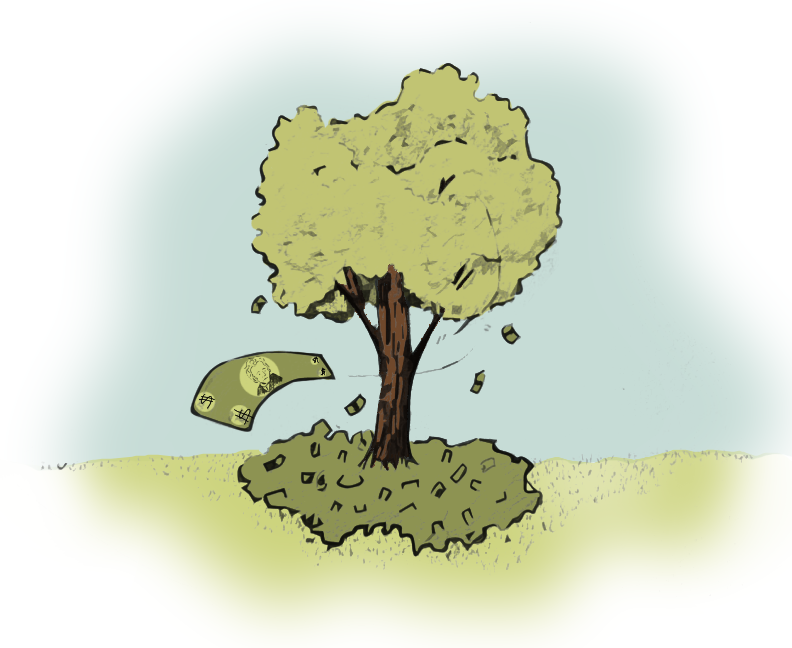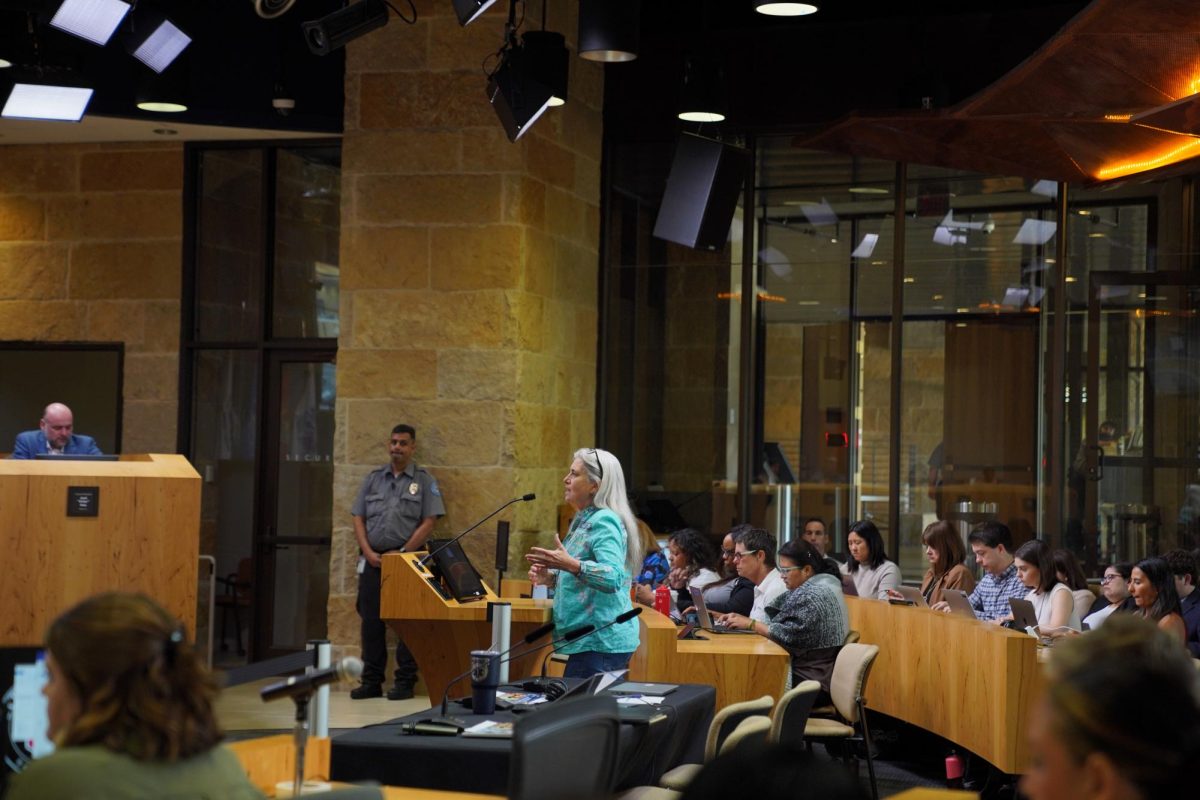At approximately 2:30 a.m. Friday, Austin City Council took an initial vote to limit the number of adults who are not related to each other allowed to live in a residence built on single-family zoned property.
In a 6-1 vote, council members approved language to amend the city code to limit “stealth dorms” — groups of adults, often students, living together in a single-family house. The members agreed to reconvene in six weeks so an economic study could be conducted on the amendment’s possible impact on affordable housing, though they rejected a proposal to allow eight weeks for the study. If the amendment is ultimately approved, the legal limit of unrelated adults living together will be reduced to four.
The measure would only affect homes built in the future, while homes that currently house six unrelated people would be unaffected.
Lorre Weidlich, Hyde Park Neighborhood Association steering committee co-president, said she believes the city code change is aimed at disincentivizing developers from tearing down historic houses and building large duplexes in their place. Weidlich, who lived in Hyde Park as a graduate student, said she is not against students living in the area, but said when too many students live in a single-family dwelling, issues including noise and limited parking arise.
“We have students living in apartments here,” Weidlich said. “It’s just that when you get a group of unrelated adults together in a super duplex, the problems multiply. You get a lot of garbage and they aren’t very good neighbors.”
Sheryl Cole, city councilwoman and mayor pro tem, said she thinks an economic analysis is essential and proposed that eight weeks be alotted to conduct the study. Her motion requesting the longer time frame ultimately failed in a 3-4 vote in favor of councilman Chris Riley’s amendment to shorten the analysis period to six weeks, which passed 6-1.
“Because [this process] has been going on for many, many years, people involved in the process wanted us to make a decision, but at the same time, that cuts in the direction of ‘Are we making sweeping, city-wide impacts?’ and ‘We’re not taking the time to get that [economic analysis],’” Cole said.
Councilman Bill Spelman, who also serves as a professor in the LBJ School of Public Affairs, said he agreed with Cole that an objective economic analysis is necessary because the impact of the change is unclear. Spelman was the only councilman who voted against the ordinance to shorten the analysis period to six weeks.
“We’re flying blind,” Spelman said. “We’re talking about a potentially enormous change in land usage in the city without any analysis, with only qualitative affordability assessments.”
Plan II senior Brooks Naylor said he acknowledges trash and parking issues as valid concerns but said he thinks the code change will not fix the issues.
“Blaming kind of a city problem on the number of people living in a certain house doesn’t seem like it’s going to change that much,” Naylor said. “Limiting [the number of people] to four may force [students] to live in other places like West Campus and Riverside, which would cause overcrowding in those places.”
Weidlich said the association was happy with the council’s decision.
“We felt like it was a very positive step forward for preserving the central Austin neighborhood,” Weidlich said. “I think that it’s clear that it will pass.”





















